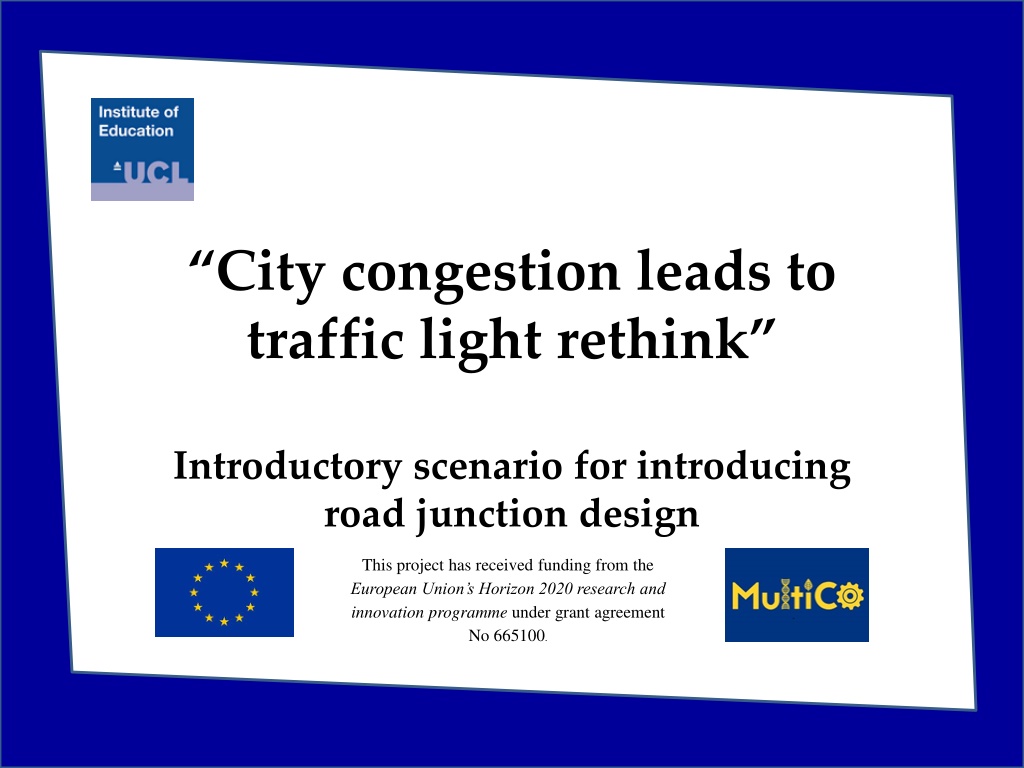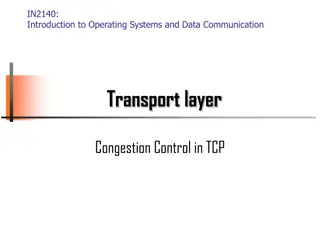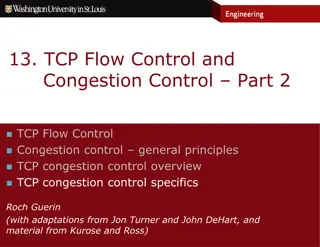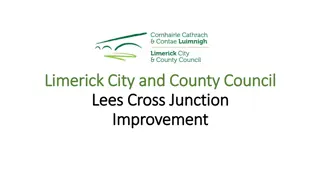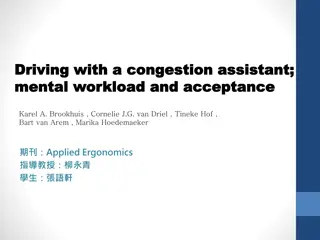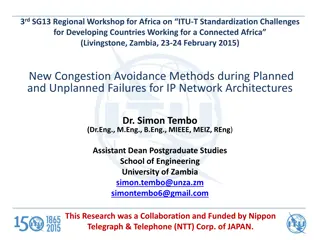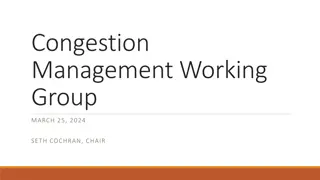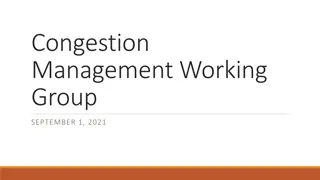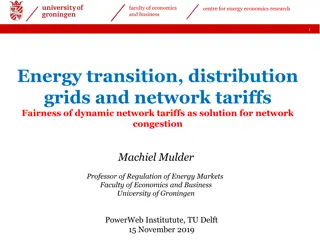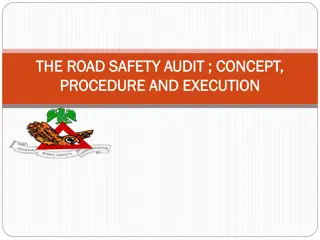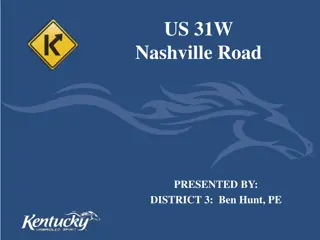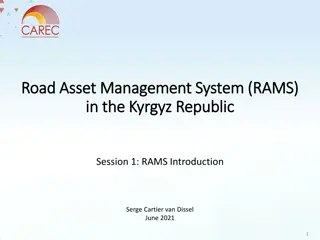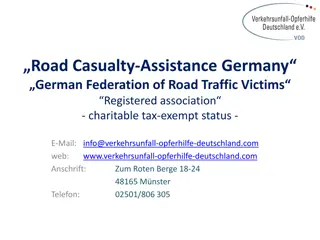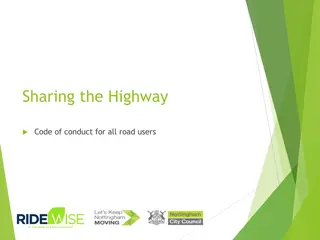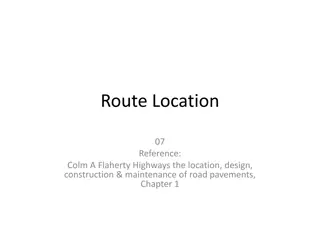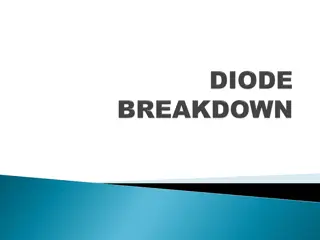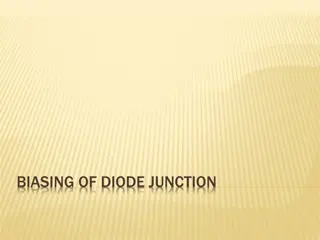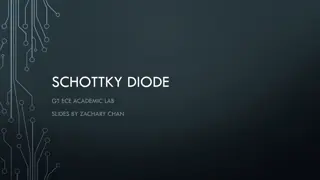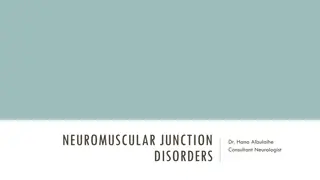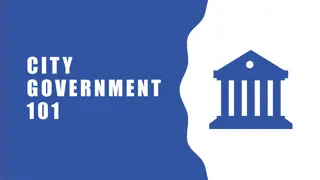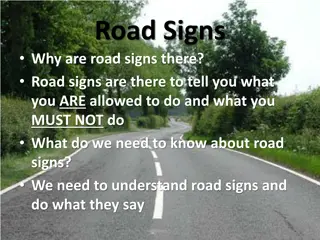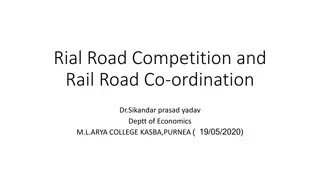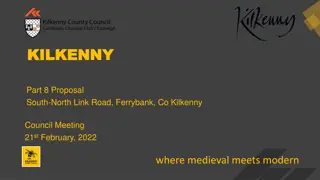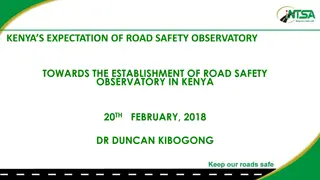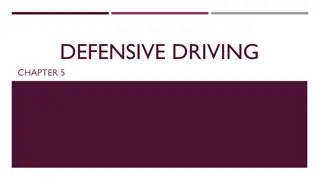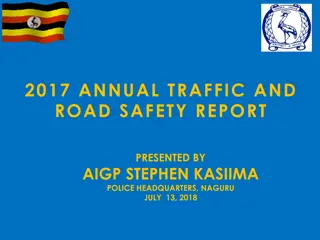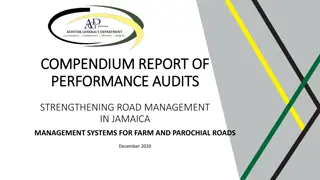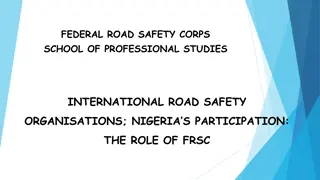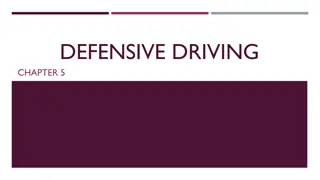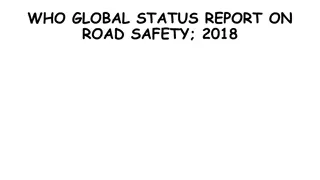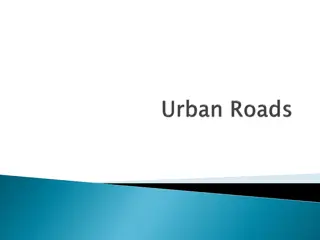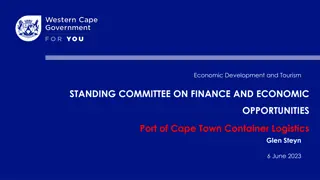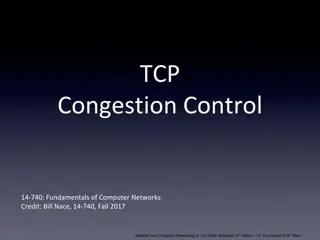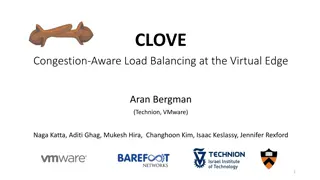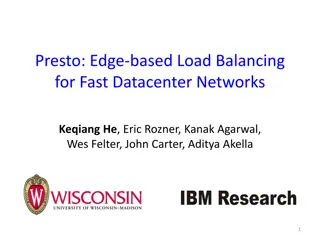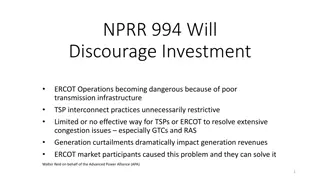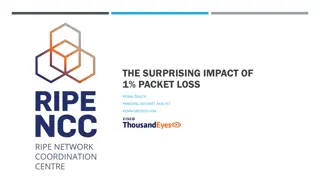Innovative Road Junction Design to Combat City Congestion
City congestion in Castlebay is causing frustration among young people due to traffic delays, affecting their social activities and school routine. Students investigated the issue and proposed changes to traffic light junctions. The Castlebay council consulted with Transport for Castlebay (TfC) to explore alternative junction designs to reduce congestion while ensuring road safety. Engineers from TfC considered magic roundabout designs as a potential solution, conducting traffic flow studies for informed decision-making.
Download Presentation

Please find below an Image/Link to download the presentation.
The content on the website is provided AS IS for your information and personal use only. It may not be sold, licensed, or shared on other websites without obtaining consent from the author. Download presentation by click this link. If you encounter any issues during the download, it is possible that the publisher has removed the file from their server.
E N D
Presentation Transcript
City congestion leads to traffic light rethink Introductory scenario for introducing road junction design This project has received funding from the European Union s Horizon 2020 research and innovation programme under grant agreement No 665100.
City congestion leads to traffic light rethink With young people only having limited options of travelling by road in Castlebay many are fed up with delays when trying to go out to meet friends and some at being made late for school due to congestion. Most young people get a lift into the town centre on Saturdays and during the holidays or in the mornings on school days but find that the common occurrence of traffic jams to cause them to stress out.
Some school students researched the causes for the congestion and found that when traffic lights were switched off there was a reduction in traffic delays. They decided to write a letter to the Castlebay council proposing changes to junctions with traffic lights.
Council consult Transport for Castlebay (TfC) Representatives meet with civil engineers from TfC who design traffic junctions to see if improvements could be made to junctions to reduce traffic congestion but maintain safety for all road users. Engineers regularly meet with civil representatives and must be aware of legal issues relating to the rules of the road.
TfC engineers design A group of engineers from TfC were tasked with designing alternatives to traffic light junctions to reduce traffic delays, particularly for junctions with more than four roads meeting at a junction to provide uninterrupted traffic flow. Engineers have to produce models that non specialists can interpret.
Magic roundabout design Engineers investigated the potential use of magic roundabout junctions where multiple mini roundabouts are located around a central roundabout by conducting traffic flow studies at existing traffic light junctions and roundabouts. Engineers must be able to collect data regarding traffic flowand make conclusions that will be published in reports so that all interest groups can have a say before any work starts.
Consulting local people TfC then had to consult with local residents about their designs for the new junctions and explain about the disruption that may occur in building the new magic roundabout as well as issues concerning pedestrian safety. Engineers have to make presentations to interest groups and answer any queries or concerns that the public may have.
Contextualised learning This could lead into students doing surveys of road use and then making measurements of vehicle speeds that would lead onto graphical representations. They could also learn about road surfaces and factors that affect stopping distances and other road safety issues.
